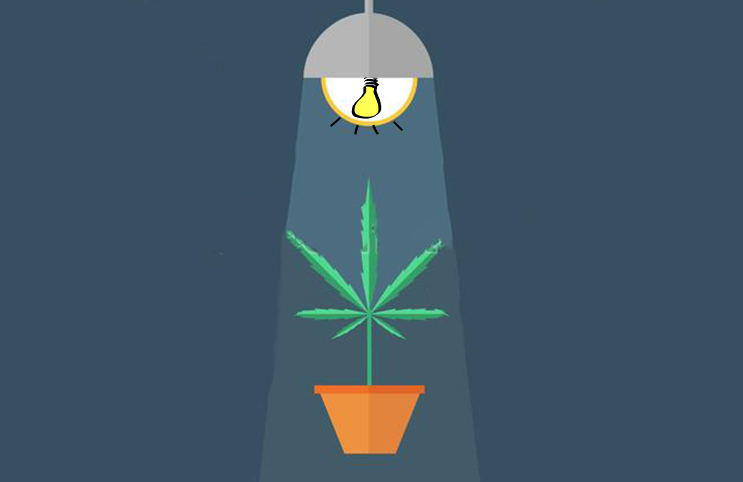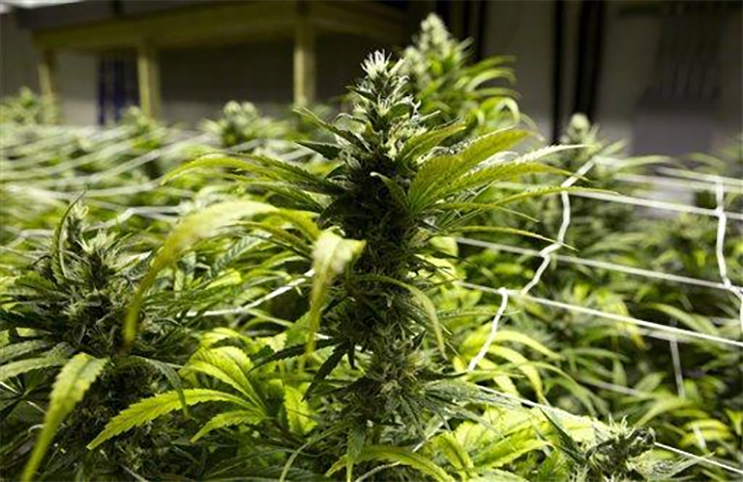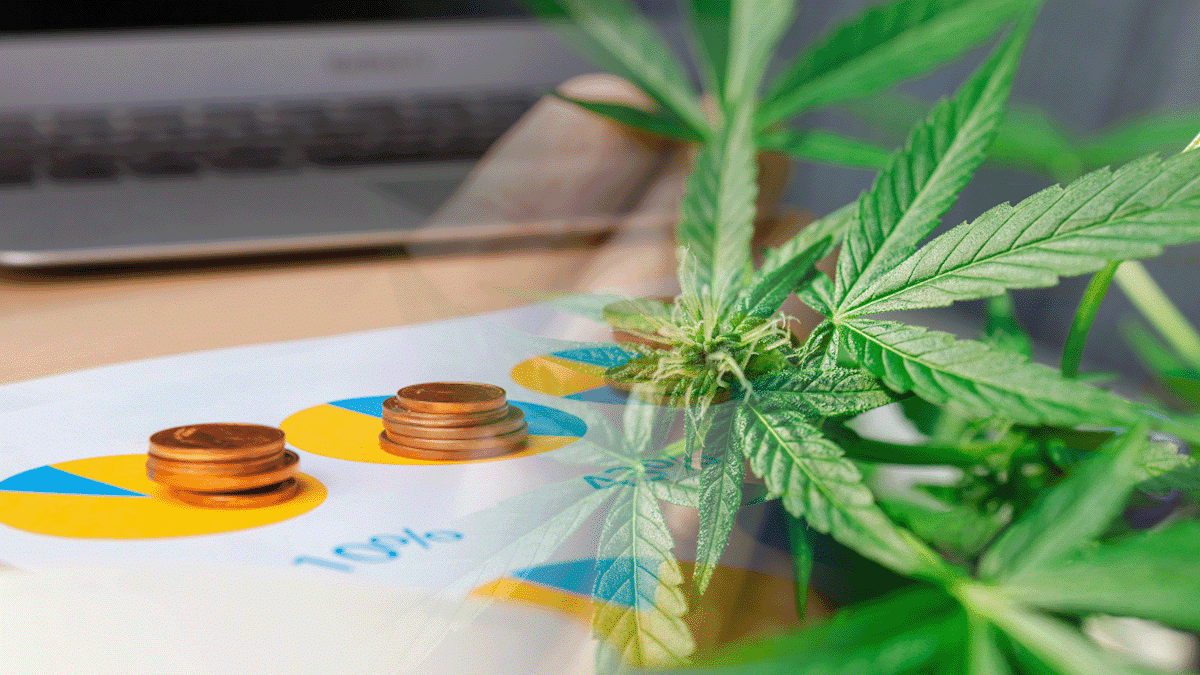Legal indoor cannabis farms are taking up a concerning amount of energy, a recent report by a pot industry data provider indicates. It is true that most of legal cannabis’s effects on areas are analyzed by both revenue and crime-rates, energy consumption is becoming an issue concerning both environmentalists and those that work in the industry. A cannabis data firm, New Frontier, reveals that the cannabis industry took over $6 billion in energy in 2015. As marijuana continues to be legalized, this number is likely going to increase.
“Both operators and legislators will need to be very mindful of the high energy demands of the legal cannabis industry,” Giadha Aguirre De Carcer, New Frontier Founder, stated. “Companies that adopt the most energy-efficient practices will have an important cost advantage as the industry becomes more competitive and prices fall, and states that prioritize energy efficiency will reduce the fast-growing industry’s impact on the grid and on the environment.”
Due to the rules that are in the industry, growing cannabis is usually done indoors, which used a ton of “growing lights, dehumidifiers and ventilation and watering systems.” Albeit certain rural communities in southern Colorado, like Pueblo County, allow for cannabis to be cultivated outdoors, most cities do not in order to try to conceal this.
On February 4th, the City and County of Denver reached 371 registered medical cannabis indoor farms and 196 recreational farms; all of these are indoor operations. The State of Colorado had more than 1,200 active licenses for cannabis farms as of February 1. A new report from NPR reported that a 10,000-square-foot warehouse that uses LED lights uses approximately $12,000 worth of energy monthly to grow. This is just one example, but in reality, there are facilities such as LivWell Enlightened Health’s, which is 150,000 square feet.
MAPH Enterprises, LLC | (305) 414-0128 | 1501 Venera Ave, Coral Gables, FL 33146 | new@marijuanastocks.com










